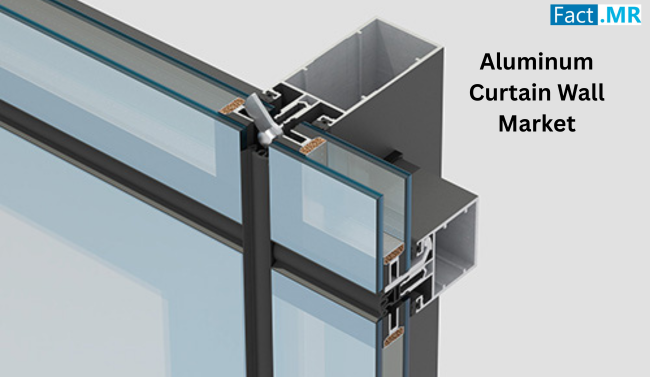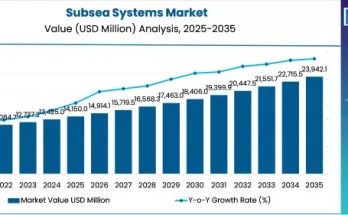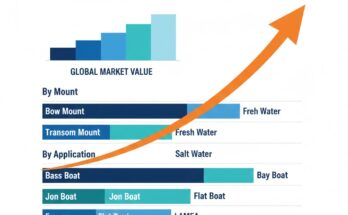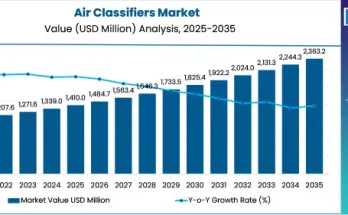The Aluminum Curtain Wall Market is witnessing robust expansion, expected to grow from USD 42.08 billion in 2025 to nearly USD 109.14 billion by 2035, reflecting an impressive CAGR of around 10%. This growth is fueled by surging demand in high-rise construction, sustainability-driven building practices, and rapid urbanization across emerging economies.
Growth Drivers: Sustainability, Efficiency & Urbanization
Modern skylines increasingly favor aluminum curtain walls for their lightweight properties, durability, and superior thermal efficiency. Green building certifications are accelerating adoption, with curtain walls now designed to support energy-saving glazing, thermal breaks, and even solar integration.
Emerging economies such as China, India, and Gulf nations are driving demand through megaprojects and infrastructure upgrades. Developers here prefer unitized systems—pre-assembled panels that speed up construction while ensuring high quality.
Market Size & Regional Outlook
The global aluminum curtain wall market continues to scale rapidly, with Asia-Pacific leading due to urban development and high-rise projects. North America and Europe are also showing strong demand, backed by retrofitting projects and stricter environmental regulations. The Middle East is adopting innovative façade solutions for luxury and smart city projects.
Curtain Wall System Types
The market is segmented into unitized, semi-unitized, and stick-built systems:
- Unitized Systems dominate, offering faster installation, factory precision, and reduced labor costs.
- Stick-Built Systems remain relevant for smaller-scale projects requiring on-site customization.
- Semi-Unitized Systems balance flexibility and efficiency, serving mid-scale developments.
Unitized systems are projected to retain the largest market share over the next decade, thanks to their adaptability in large-scale urban projects.
Innovation Trends
Innovation is reshaping curtain wall solutions with advanced technologies:
- Building-Integrated Photovoltaics (BIPV): Turning façades into energy-generating surfaces.
- Smart & Adaptive Façades: Automated shading, ventilation panels, and climate-responsive materials.
- Acoustic & Thermal Enhancements: Thinner frames with stronger insulation for comfort and efficiency.
- Prefabricated Kits: Reducing installation time and offering flexibility for retrofits.
- Digital Modeling & BIM Integration: Enabling quicker design customization and efficient project execution.
These innovations are not only reducing construction timelines but also improving building performance and sustainability.
Competitive Landscape
The aluminum curtain wall market is highly competitive, with global players and regional specialists investing in R&D, partnerships, and sustainable design. Leading companies are focusing on:
- Energy-efficient product lines that meet regulatory and customer demands.
- Smart façade systems integrated with building automation.
- Resilient designs suited for seismic zones, hurricane-prone areas, and extreme climates.
- Expansion into fast-growing markets in Asia-Pacific and the Middle East.
Luxury architecture, iconic skyscrapers, and urban megaprojects are providing ample opportunities for premium players, while modular and affordable curtain wall solutions are addressing mass market demand.
Future Outlook
The aluminum curtain wall market is set for a transformative decade. Its growth is not just about urbanization, but about redefining building performance and design aesthetics. With innovations in solar façades, smart automation, and sustainable materials, curtain walls are evolving into dynamic, high-performance architectural elements.
For developers, architects, and construction stakeholders, embracing these changes offers a pathway to unlock new opportunities while shaping the cities of the future.
In summary, the aluminum curtain wall market is moving from being just a structural necessity to becoming a symbol of smart, sustainable, and futuristic architecture.



